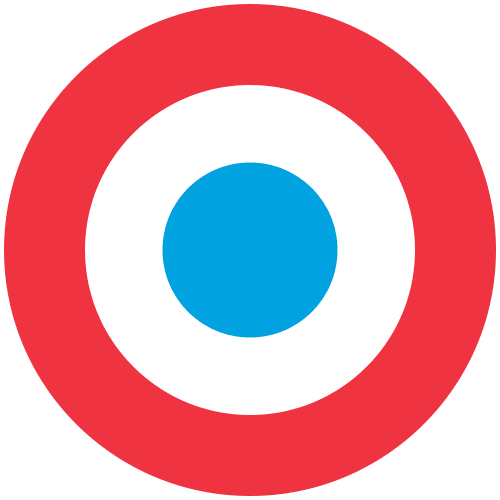Introduction

VR Headset used for painting
Billetto Editorial www.unsplash.com
The immersive experiences you get with virtual reality (VR) can be ideal for visualising historic landmarks and buildings. 3D models are good, but you can only experience so much by looking at a static image or watching a conventional video. VR puts the viewer in the scene to experience an environment from the ‘first person’ perspective, looking around as you would do in real life. VR has been shown to improve learners' ability to process more information and enjoy the learning by providing a more meaningful and memorable learning experience. Non formal education institutions and heritage experts are increasingly turning to VR to develop experiences that give direct scenarios that learners might encounter, and which are normally impossible to simulate in real life environment
Task

3D Map
Tobias www.unsplash.com
Virtual reality as the name suggests: technology that audibly and visually transports you to another place or time. It’s a powerful tool that has become commonplace in industries like video gaming over the last few years, but there are also a growing number of museums and heritage sites putting VR to good use, too.
In this quest as a young journalist you want to take a look at some of the most innovative uses of VR in heritage sites around the world, asking exactly what benefits this technology can bring for both museums and, most importantly, for your audience.
Process
VR is designed to give individuals the ability to immerse themselves completely in important historical events, experiencing the past from a first-person perspective.
As a young journalist you are tasked to write about how VR can be used understanding about heritage. You are to highlight the important point about the use of VR in heritage spaces. As well as being immersive, it must be accurate and faithful to reality; simply using entertainment value as a way to rewrite the history books and use creative licence can open up many pitfalls.
The experience of viewing a historical panorama in a VR headset can be powerful. It can generate a sense of presence. Or is this just an illusion?
Read the two articles included in the website link in the resources section and include some of the examples to support your article.
Conclusion
The possibilities of VR for learning about the past in an immersive manner is exciting. The learning opportunities are endless, you can be enjoying the open air museum in Skansen to the Black Country Museum in Birmingham from the comfort of your sofa!
Evaluation
- Participants would understand how using VR for learning.
- Basics of VR basic contents and be comfortable working with the new VR resources and environments.
- Using the VR methodology
- Using VR Apps
- • Using a smart device to record sophisticated documentary evidence













